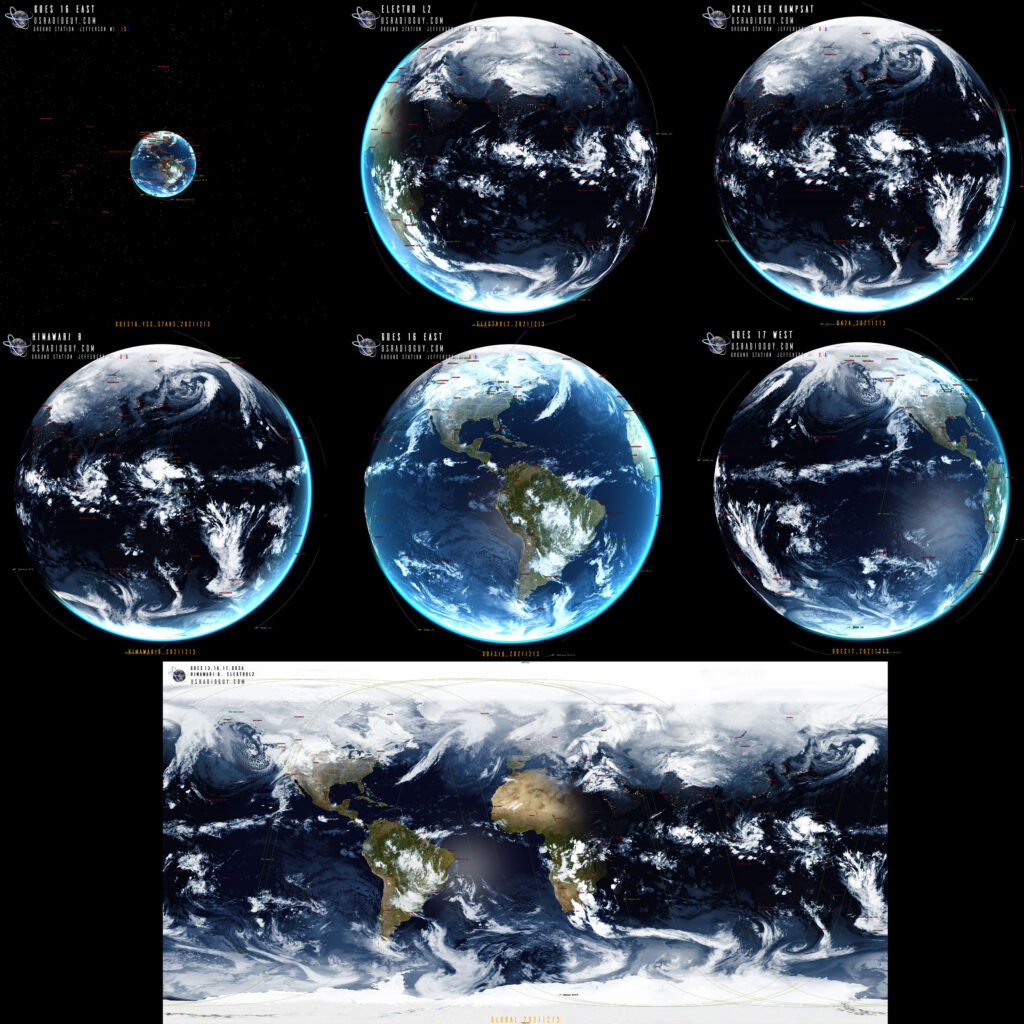GEO-RING COMPOSITES
Creating Global Composites from multiple satellites.
With more and more geosynchronous satellites being placed in orbit, and with more and more individuals and groups devising ways to receive and decode the transmissions from these satellites, the possibility for the amateur to truly capture the entire earth is now a reality. The global community of dedicated and resourceful satellite enthusiasts really exemplifies, how, folks from many different countries and backgrounds can work together and share expertise, knowledge, equipment, and now satellite imagery. While long the purview of government organizations such as NOAA (which shares data for free), and others such as EUMETSAT (which typically charges a subscription fee) anyone just about anywhere has readily accessible global satellite imagery via the internet.
While not new, compositing imagery from other users had typically been done through polar-orbiting satellites using software such as WxtoImg to create pieced-together composites from receivers all over the world. Also, sites such as AMIGOS allow users, with a bit more effort, to composite Meteor Imagery into larger composites.
Now with other satellite enthusiasts sharing their imagery, along with the ability to receive your own imagery, these images can all be put together, by amateurs, a home, to render the entire planet as viewed from geostationary orbits.
In my case, with my two receiving dish stations, I have the ability to receive GOES 16 and 18, in HRIT, and GOES-18 Relays HIMAWARI-9 imagery as well. (Note: I also receive GOES 15 when it is taken out of on-orbit storage and placed on active status.) That gives me coverage of around 2/3 of the planet, running from roughly the Western Sahara to Malaysia and Australia. But when the full disk is projected into an equirectangular projection gaps are left in the northern and southern parts of the earth, shown in this example using just GOES 16, 18, Himawari-9 and EWS-G1. showing the missing areas in red.
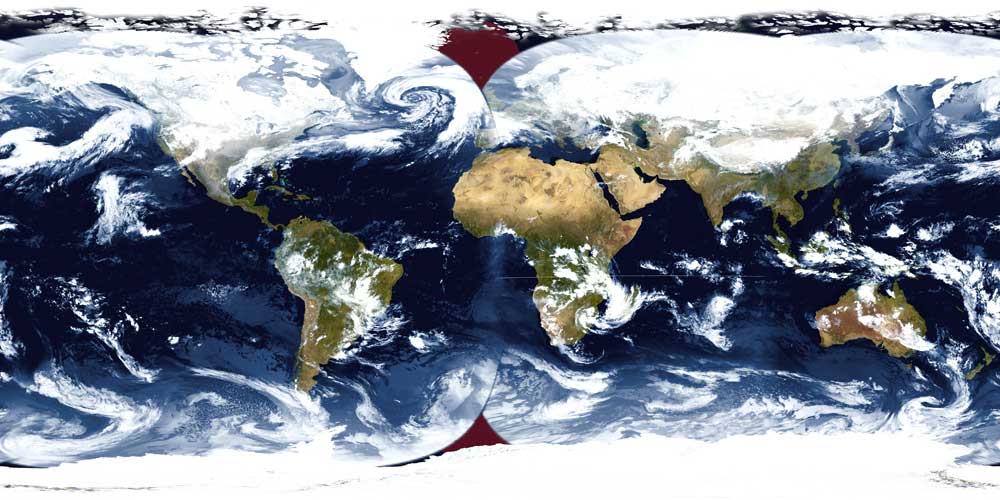
Note that the EWS-G1 imagery comes from a collaborative effort between @ZSztanga (who receives the imagery) and @aang254 (who wrote the decoder) As of this writing, I believe this is the only source of EWS-G1 imagery outside of NOAA and the US Military!
So, How to fix this? We need more satellite coverage. I am going to use imagery from the Russian Electro L2 Geostationary Satellite that they share on http://electro.ntsomz.ru/ and Geo Kompsat 2-A, which I get from a friend with a receiving station in the Philipines.
In the picture below I have identified by color, the primary coverage of each satellite. Remember, there is quite a bit of overlap between each satellite.
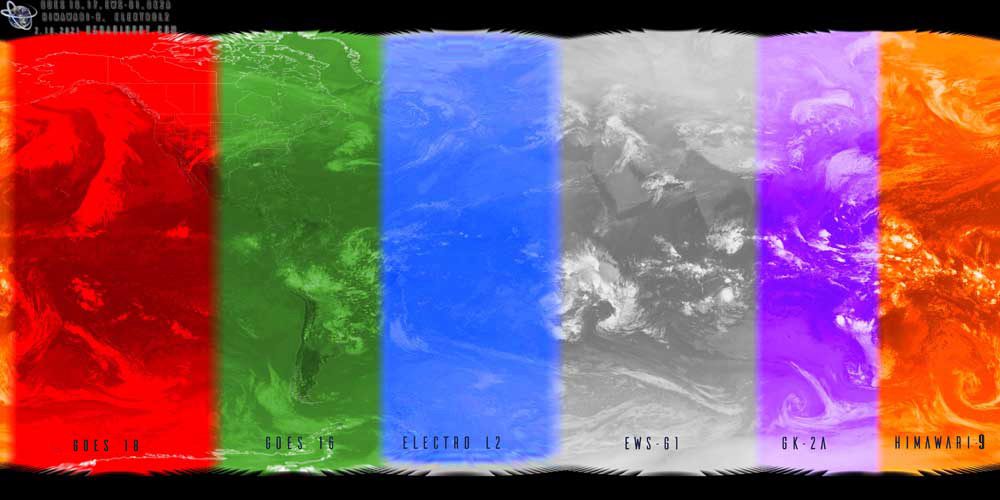
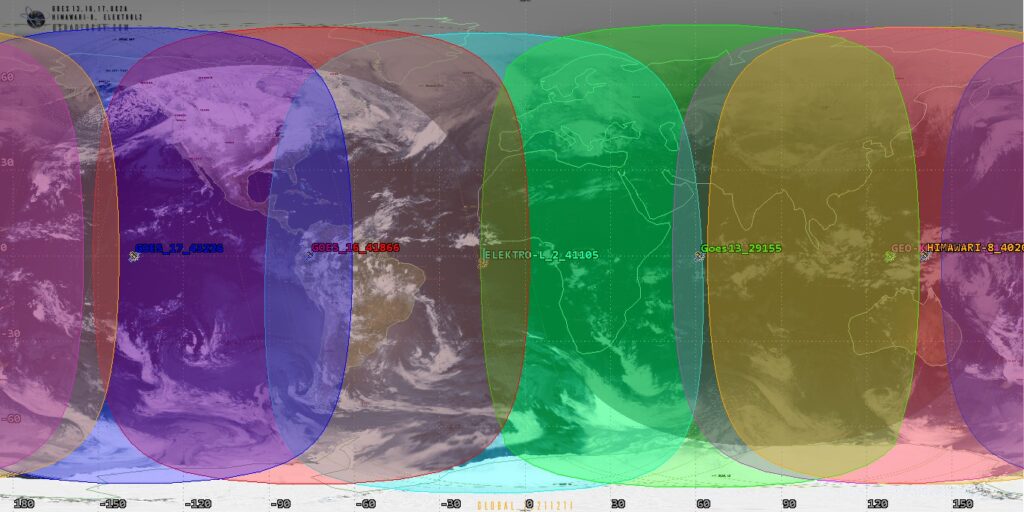
With these 6 satellites, I create the Geo-Ring composite shown below:
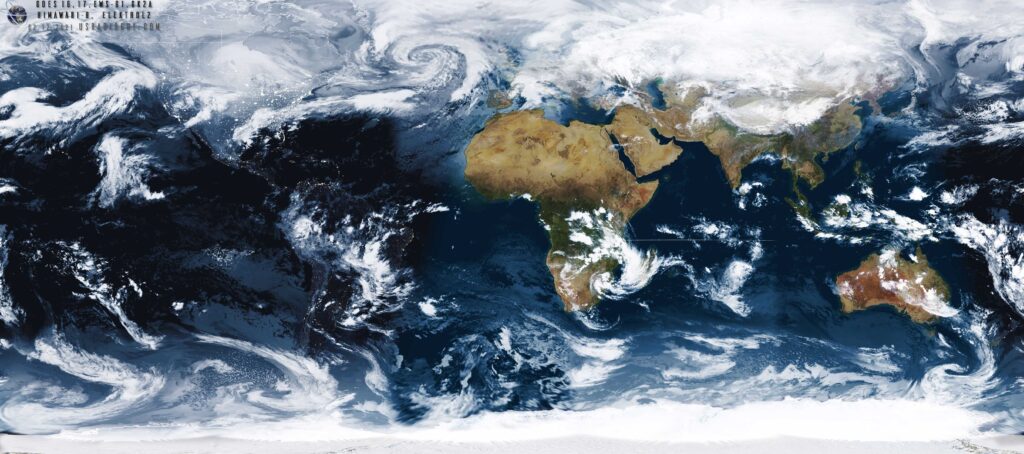
Here is the basic workflow for how I create the global composite.
- Gather IR imagery from the same time frame, within about 30 minutes. I use Band 13 from GOES 16 and 18, Himawari 8 Band 4 IR, EWS-G1 band 4, ElectroL2 Band 4 and GK2A channel 4.
- Then Sanchez is used to stitch and recomposite the imagery into one global view.
using this basic structure: F:/Sanchez/Sanchez.exe” reproject -s “F:\GEORING\*.*” stitch -T 2021-02-12T13:00:00 -S 0.8 -f -u “F:\Sanchez\Resources\xplanet2.jpg” -v –nocrop -r 2 -o “F:\Satelliteoutput\GEORING_DayNight.jpg” - I chose not to auto crop my imagery, as I do some post-processing and also create 3D imagery as well, Shown here: 3D imagery from received data
- In the example above, in my script, I use xplanet to generate a true color underlay to match the time of the satellite imagery to give and day/night image.
In post-processing, I use three.js processing to turn the rendered image back into a 3-dimensional globe. The t image uses the colored representation to show the satellite coverage.
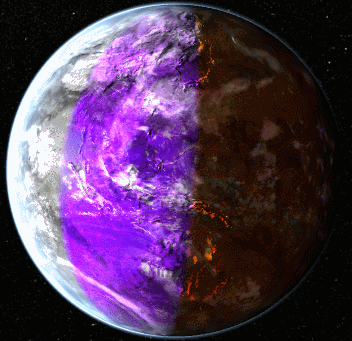
This second image shows the imagery rendered onto a three-dimensional globe using three.js
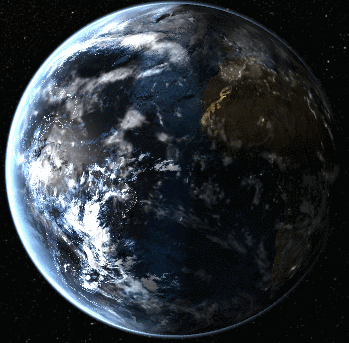
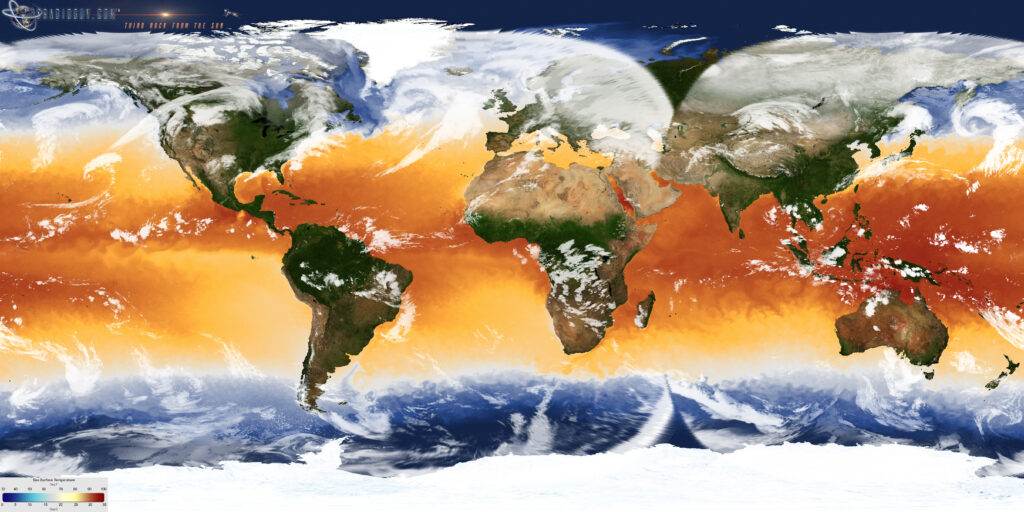
The SST image is generated on a daily basis using SST data from a variety of polar-orbiting and geostationary satellites. , including GOES, POES, Meteosat, and Metop-A. The data has a spatial resolution of about 11 km/pixel. The color scale uses blues to show the cold waters, red and orange to show the hot waters, and yellow and white to show the temperate waters. The SST data is compiled using a WMS script pulling data from https://data.noaa.gov/dataset/

